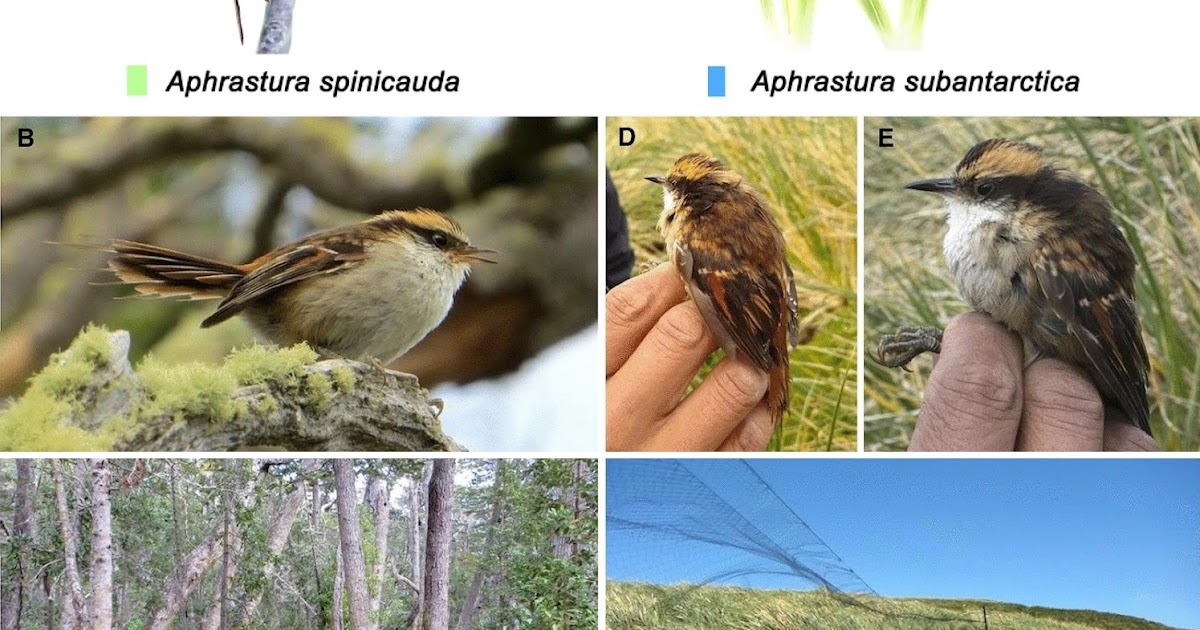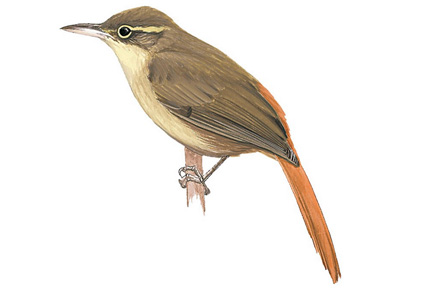l_raty
laurent raty
Rozzi, R., Quilodrán, C.S., Botero-Delgadillo, E., Crego, R.D., Napolitano, C., Barroso, O., Torres-Mura, J.C., and Vásquez, R.A. (2022) El Rayadito subantártico: disponibilidad del binomio Aphrastura subantarctica (Passeriformes, Furnariidae). Boletín Museo Nacional De Historia Natural 71: 9–15.
El Rayadito subantártico: disponibilidad del binomio Aphrastura subantarctica (Passeriformes, Furnariidae) | Boletín Museo Nacional de Historia Natural
Looks perfectly OK now.
(Congrats to the authors for providing such a rapid fix.)
Last edited:










